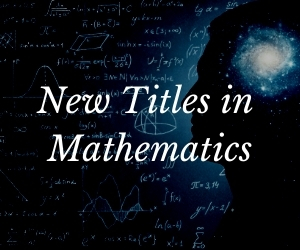System Upgrade on Tue, May 28th, 2024 at 2am (EDT)
Existing users will be able to log into the site and access content. However, E-commerce and registration of new users may not be available for up to 12 hours.For online purchase, please visit us again. Contact us at customercare@wspc.com for any enquiries.
This book deals with the basic subjects of design theory. It begins with balanced incomplete block designs, various constructions of which are described in ample detail. In particular, finite projective and affine planes, difference sets and Hadamard matrices, as tools to construct balanced incomplete block designs, are included. Orthogonal latin squares are also treated in detail. Zhu's simpler proof of the falsity of Euler's conjecture is included. The construction of some classes of balanced incomplete block designs, such as Steiner triple systems and Kirkman triple systems, are also given.
T-designs and partially balanced incomplete block designs (together with association schemes), as generalizations of balanced incomplete block designs, are included. Some coding theory related to Steiner triple systems are clearly explained.
The book is written in a lucid style and is algebraic in nature. It can be used as a text or a reference book for graduate students and researchers in combinatorics and applied mathematics. It is also suitable for self-study.
Sample Chapter(s)
Chapter 1: BIBDs (1,828 KB)
Contents:
- BIBDs
- Symmetric BIBDs
- Resolvable BIBDs
- Orthogonal Latin Squares
- Pairwise Balanced Designs and Group Divisible Designs
- Construction of Some Families of BIBDs
- t-Designs
- Steiner Systems
- Association Schemes and PBIBDs
Readership: Graduate students and researchers in mathematics.

























